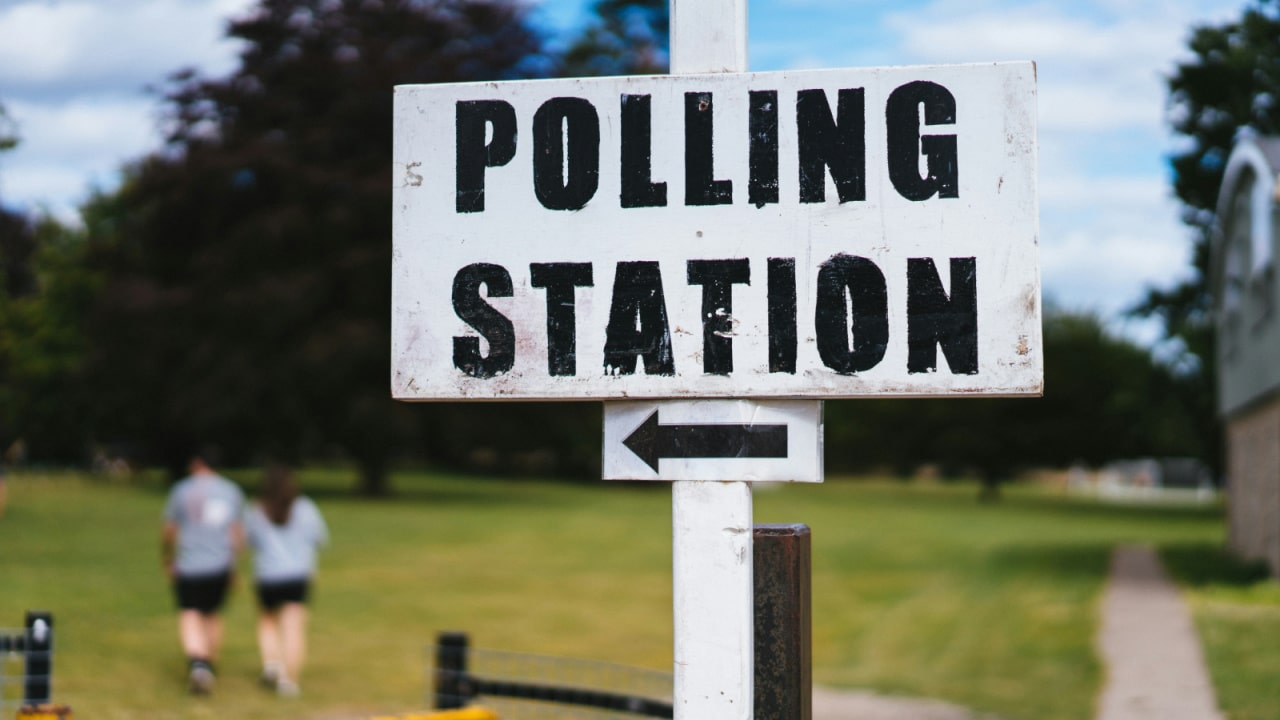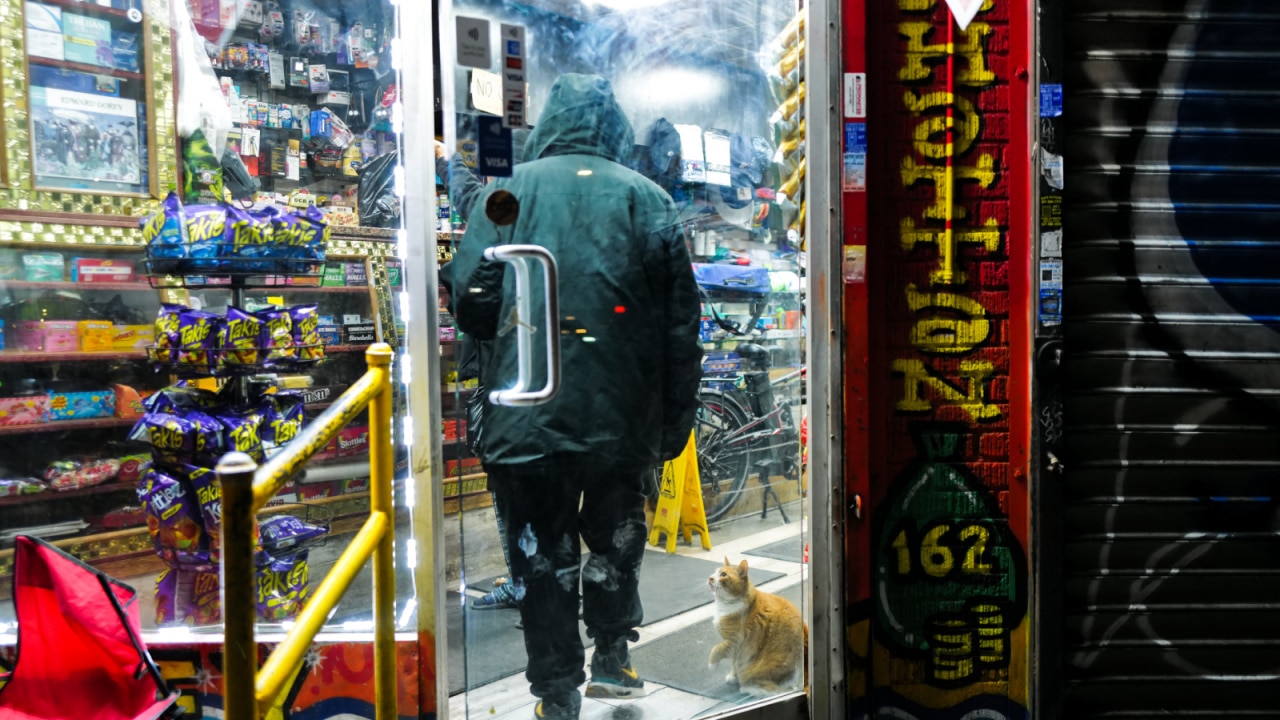This May Day, Immigrant and Working-Class Protesters Remind Us Who Builds the U.S.
May 1 used to be a day for unions and workers to rally for better wages and safer conditions. In 2025, it’s a full-blown reckoning. Across the U.S., thousands are taking to the streets to protest what organizers have called the Trump administration’s “war on working people.” Their demands: respect for immigrants, fair pay, protection for public services, and a stop to billionaires running the country like it’s their private playground.
Why May Day Feels Different in 2025
May Day demonstrations aren’t new. But this year hits different. Organizers told NPR the scale of the movement is historic, with more than 1,000 events planned across all 50 states. Georgetown labor historian Joseph McCartin said it might be the “most widespread May Day on record.”
That scale reflects what people are fighting against. The Trump administration has slashed federal jobs, ramped up deportations (including U.S. citizen children), and issued executive orders targeting sanctuary cities. Teachers, union organizers, and immigrant rights groups are calling it what it is: a coordinated attack.
Protesters Say the Trump Agenda Is a War on Working People
“This is a war on working people,” reads a statement from May Day Strong organizers, cited by NPR. “They’re defunding our schools, privatizing public services, attacking unions, and targeting immigrant families with fear and violence.”
That message echoed in cities like Los Angeles and New York, where educators like Georgia Flowers Lee of United Teachers Los Angeles linked Trump’s budget cuts to direct harm against immigrant children in schools. In New York City, groups like Make the Road New York rallied to demand protections statewide, arguing that immigrant rights shouldn’t depend on one’s ZIP code.
May Day Roots Run Deep—And Back to Chicago
The movement has deep historical roots. As NPR and Democracy Now both noted, May Day traces back to 1886, when Chicago workers went on strike to demand an eight-hour workday. That protest became the infamous Haymarket Affair, after police clashed with demonstrators and a bomb exploded.
In 2025, Chicago is again at the center. Jorge Mújica of Arise Chicago told Democracy Now they’re expecting half a million protesters. “May Day was born in Chicago,” he said. “We’ve recovered May Day for history.”
May Day Protests Are a Coalition Movement
This isn’t just labor unions marching. The coalition is massive: federal workers, students, teachers, immigrant advocates, and climate activists. According to El País, actions are happening under the banner “50501”: 50 actions in 50 states for one cause. Groups have also planned walkouts, rallies, and consumer boycotts against corporations like Walmart, McDonald’s, and Target.
As Mújica said, the administration “miscalculated completely by attacking everybody at the same time.” The result? A united front.
Immigrants Are at the Heart of May Day 2025
From Chicago to New York City, protesters are rallying around immigrant justice. One protest sign in New York read, “Only you can stop fascism,” as reported by The Guardian. Nisha Tabassum of Make the Road told Democracy Now: “We are the many; they are the few.”
The recent deportations of U.S. citizen children and ICE raids on schools have fueled outrage. In L.A., teachers like Flowers Lee described blocking federal agents from removing students. “It is our absolute moral obligation to stand up,” she said.
What May Day Protesters Are Demanding
According to El País, this year’s protesters want more than immigration reform. They’re calling for a $20 federal minimum wage, union protections, universal healthcare, student debt cancellation, and an end to billionaire influence in politics.
And they’re demanding action, not symbolism. “Immigrants are workers, and workers are immigrants,” the May Day website says. “Our fight for fair wages, safe workplaces, and dignity on the job is the same fight for immigrant justice.”
This is Just The Beginning
Organizers aren’t stopping at May 1. In Chicago, students are planning walkouts on May 2. In L.A., a May 17 protest at SpaceX will target Elon Musk’s role in the federal downsizing effort. And across the board, activists say this is just the start of a year-long campaign of “protests, strikes, and direct actions,” according to El País.
The hashtag #MayDay2025 is uniting the movement on social media. But offline, it’s the physical presence in streets, parks, and city squares that’s reminding the country: working people are paying attention, and they’re not backing down.
As the May Day site puts it: “We won’t back down—we will never stop fighting for our families and the rights and freedoms that propel opportunity and a better life for all Americans. Their time is up.”




